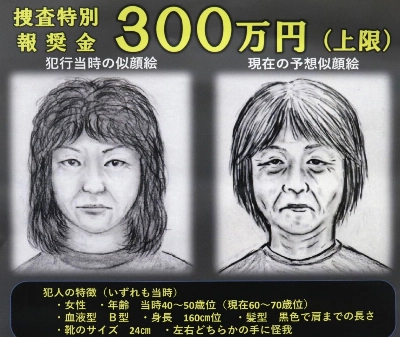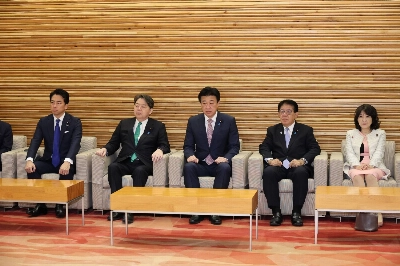It's not news that Japan is running out of children. Though the country's total fertility rate has recently shown some slight signs of recovery, this is unlikely to halt the overall trend of 少子化 (shōshika), which is the common term used to describe the dwindling number of kids. But no worries — despite the decrease in young citizens, the child continues to be an indispensable part of the country's lexicon.
I'm not so much talking here about the word for children itself, 子供 (kodomo) or just 子 (ko), which we find in terms like 子育て (kosodate, child rearing), 一人っ子 (hitorikko, an only child) or お子様ランチ (okosamaranchi, child's meal). Neither do I mean the administrative lingo with all its 子供手当て (kodomo teate, child allowance), 母子手帳 (boshi techō, maternity record book) and 母子家庭 (boshi katei, fatherless household).
What is more interesting, and just as important to the linguistic ubiquity of 子, is that the character can occur in expressions that are not — or only peripherally — related to the world of children. Take the terms 女子 (joshi) and 男子 (danshi). Though they can be translated as "girls" and "boys," there is to my knowledge no upper age limit for the users of a 女子トイレ (joshi toire, women's restroom) or a 男子トイレ (danshi toire, men's restroom). Likewise, disciples of whatever age are referred to as someone's 弟子 (deshi), just as everyone who finds themselves lost will become a 迷子 (maigo), no matter if they were born around 1900 or after 2000.

















With your current subscription plan you can comment on stories. However, before writing your first comment, please create a display name in the Profile section of your subscriber account page.